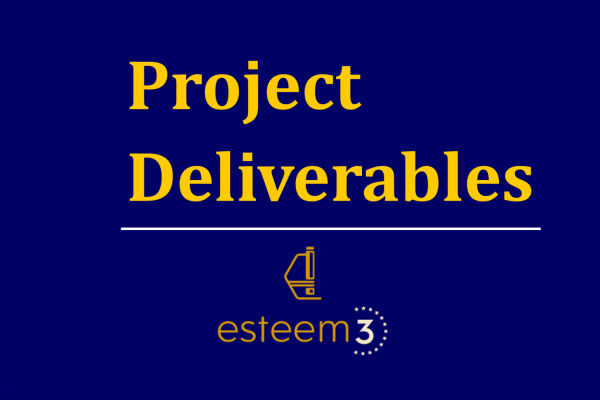Deliverable 8.4 - Report on protocols for sample preparation techniques of materials for energy

This article, based on the D8.4 - Report on protocols for sample preparation techniques of materials for energy, will take you through cutting-edge sample preparation techniques that are revolutionizing transmission electron microscopy (TEM) analysis in the energy sector. Explore the intricacies of TEM sample preparation and discover how these innovations help scientists better understand materials for energy applications.
Researchers have optimized methods for creating thin, artifact-free TEM samples (FIB-SEM lamella) for materials such as martensitic 9-12% Cr steels, advanced austenitic steels (e.g., Sanicro 25, HR6W), and Ni-based superalloys. These techniques provide essential insights into the complex layers of oxidation products and the degradation processes affecting these materials in energy systems.
FIB lift-out technique
This game-changing technique uses focused ion beam (FIB) milling to remove material from the sample's surface until it becomes thin and electron-transparent, suitable for TEM studies. Real-time SEM imaging allows for precise control of sample thickness, minimizing the risk of damaging the delicate lamella. Factors such as ion energy, angle of incidence, vacuum, and initial surface topology are all considered during the preparation process to ensure optimal results.
Correlative multiscale electron microscopy and 3D FIB-SEM tomography
This groundbreaking combination of analytical electron microscopy and FIB-SEM tomography provides a detailed understanding of the internal structure of specimens. Researchers can visualize the shape and spatial distribution of particles, enabling qualitative and quantitative analysis of microstructural elements in materials for energy systems. For example, this approach has been used to investigate the oxide scale formed on nickel-based superalloy ATI 718Plus during oxidation at 850 °C up to 4000 hours.
Exfoliation of 2D materials
This upgraded version of the scotch tape method uses ultraclean micros UV tape to mechanically exfoliate van der Waals materials, resulting in high-quality TEM lamellae with minimal contamination from solvents or glue residues. Layers deposited on a silicon wafer are transferred to a holey carbon TEM grid by a bed-wetting of ethanol, enabling researchers to study the unique properties of these 2D materials with increased accuracy.
Conclusion
These advanced sample preparation techniques are paving the way for new discoveries in the world of energy materials research. By providing insights into the complex processes affecting materials used in energy systems, scientists can develop new strategies for enhancing their performance and durability in real-world applications.
Keep up with the latest breakthroughs in energy materials research by following ESTEEM3 on social media today!
